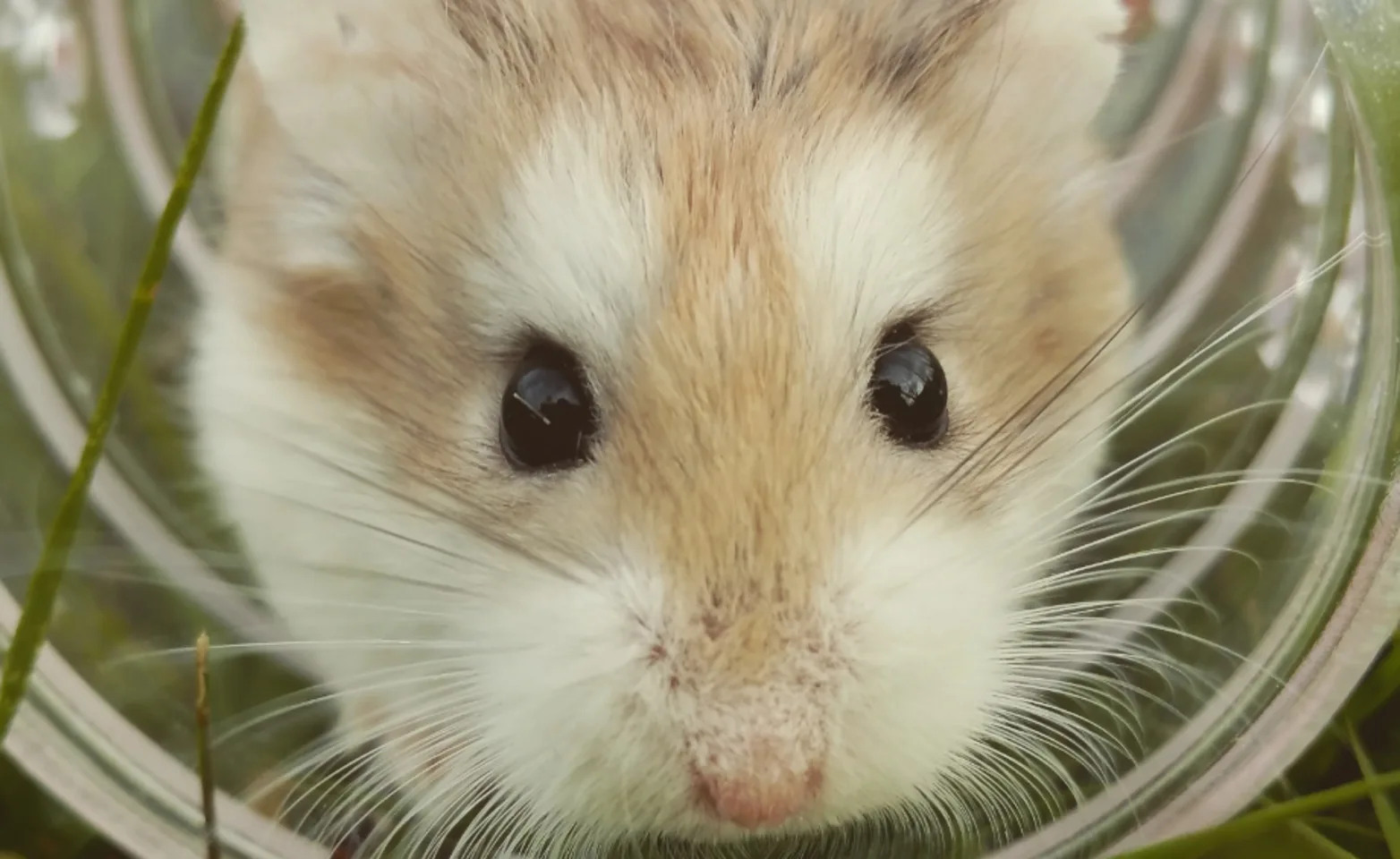Veterinary Vision Animal Eye Specialists

Some Background Information
Cataracts are a leading cause of blindness in dogs. Although there are other potential etiologies, cataracts are most frequently the result of heredity or diabetes in dogs. The age of onset for inherited canine cataracts is variable, usually from 5-8 years of age. There are no medications proven to dissolve cataracts in people or in pets. Therefore, the treatment of choice for advanced, vision-impairing cataracts is surgery. The cloudy lens is removed by phacoemulsification technology and a replacement lens is usually surgically implanted.

Cataract surgery is more often performed unilaterally now, without waiting for both lenses to become completely opaque since the success rate is at least 85%.
It is preferable to have your patient’s initial examination early on for multiple reasons. Among them:
1. fundus exam may be possible then to rule out retinal degeneration
2. when topical anti-inflammatory medications are prescribed early for immature and immature cataracts they are less likely to develop complications related to lens-induced uveitis (before or after surgery)
3. your clients have time to become adequately educated and be able to make a less pressured decision.
Cataract Surgery Process
Cataract Surgery Technique
State-of-the-art cataract extraction called phacoemulsification is performed routinely at Veterinary Vision and utilizes irrigation, aspiration, and ultrasound technology, to liquefy and remove the opaque lens material. An opening called a capsulorhexis is created by the surgeon to allow access to the interior of the lens. The remainder of the lens capsule is left intact for placement of an intraocular lens. Extracapsular extraction is now only rarely performed, for very dense cataracts. The relative advantages of phacoemulsification include:
a small corneal incision
maintaining the anterior chamber with less damage to the corneal endothelium
more thorough removal of lens fragments
Intraocular Lenses
Following uncomplicated cataract extraction alone, vision is improved dramatically whether or not a replacement lens is inserted. Aphakic patients can generally navigate without bumping into things, but their near vision is fuzzy, so that they may use their other senses more when items, like toys, are very near. Occasionally a clear aphakic eye is the only good option, such as when there is a tear in the lens capsule or the lens capsule is only loosely attached due to subluxation. However, we insert replacement lenses as a matter of routine at Veterinary Vision. Evaluations of visual performance, although necessarily subjective, indicate significantly improved vision when an artificial lens is placed.
Replacement intraocular lenses have been created which are appropriate for both dogs and cats. The refractive power needed is determined by the axial length of the globe, the curvature of the cornea, and the location of the replacement lens within the eye. In humans, a lens of 16-18 diopters is generally used; measurements in dog eyes indicates that a lens of 40-43 diopters is required. Intraocular lenses are made of inert materials like polymethylmethacrylate (PMMA) with flexible haptics to stabilize the lens within the capsular bag. Complications following intraocular lens implantation are uncommon and not usually the direct result of the replacement lens itself.
Cataract Surgery FAQs
Will My Pet Be Blind If He Does Not Have a Lens Placed?
Absolutely not. Occasionally, weakness in the zonular fibers which hold the lens capsule in place or tears in the lens capsule may make it difficult or impossible to safely implant a replacement lens. Vision without a replacement lens is still somewhat blurry up close- but much better than with an advanced cataract.
How Likely is Surgery to Prove Successful for My Pet?
Cataract surgery is approximately 85% successful for pets that pass their pre-operative retinal testing. However, this means that in 15% of cases, complications may prevent vision recovery or result in later vision loss. The purpose of the examinations before and after cataract surgery is to detect, prevent, or treat these complications early whenever possible. In uncomplicated cases, vision will begin to noticeably improve within a few days; after six weeks, healing is usually complete and vision is at its best.
What Practical Information Do I need to Know Before Proceeding?
MEDICATIONS: You will need to have the time, willingness, and skill to apply eye medications before and after cataract surgery, initially four times daily, and continuing for approximately SIX WEEKS after cataract surgery on a gradually decreasing frequency. Some dogs and owners find this easier than others, but it is critical, so you may want to practice.
PAIN: There is very little discomfort after cataract surgery and pain medications are rarely needed, but the eyes will become inflamed, which may be seen as initial redness and squinting.
ELIZABETHAN COLLAR: This protective gear is essential to prevent rubbing at the delicate eye and stitches. It must be worn at all times during the first weeks following the cataract surgery (exact duration determined by your doctor and pet’s behavior). Many people say that this is the hardest part of the entire cataract surgery. Eating, drinking, and sleeping are entirely possible with the collar on although some help may be needed and, of course, lots of TLC!
Pre-Paid Post-Operative Exams
We see your pet frequently after surgery to make sure things are going as planned and to intercept any complications early should they develop.
Typically, exams occur:
ONE DAY after cataract surgery
ONE WEEK after cataract surgery
THREE WEEKS after cataract surgery
SEVEN WEEKS after cataract surgery
15 WEEKS after cataract surgery
Additional rechecks may be needed and, once healing is complete, annual exams are recommended. In most cases, there are no sutures to remove.
